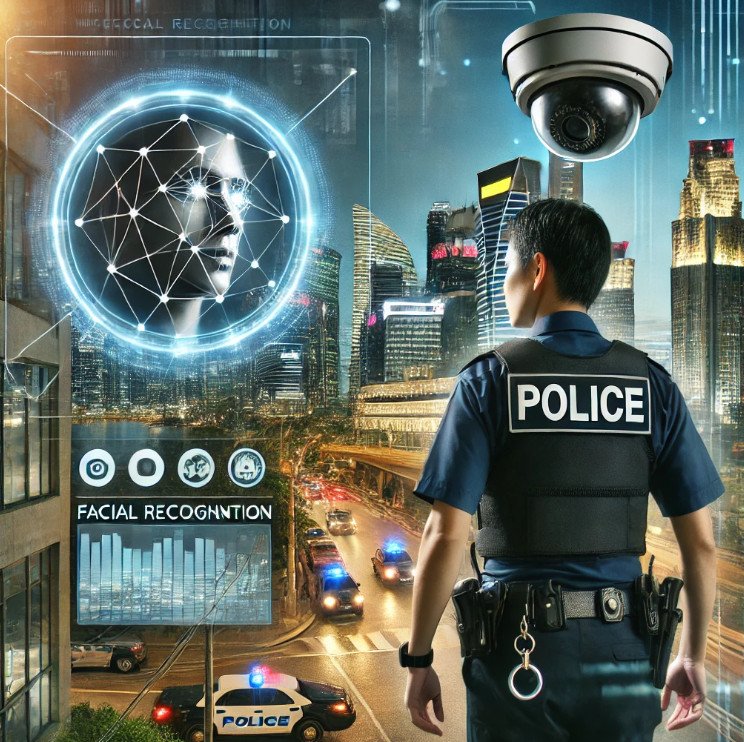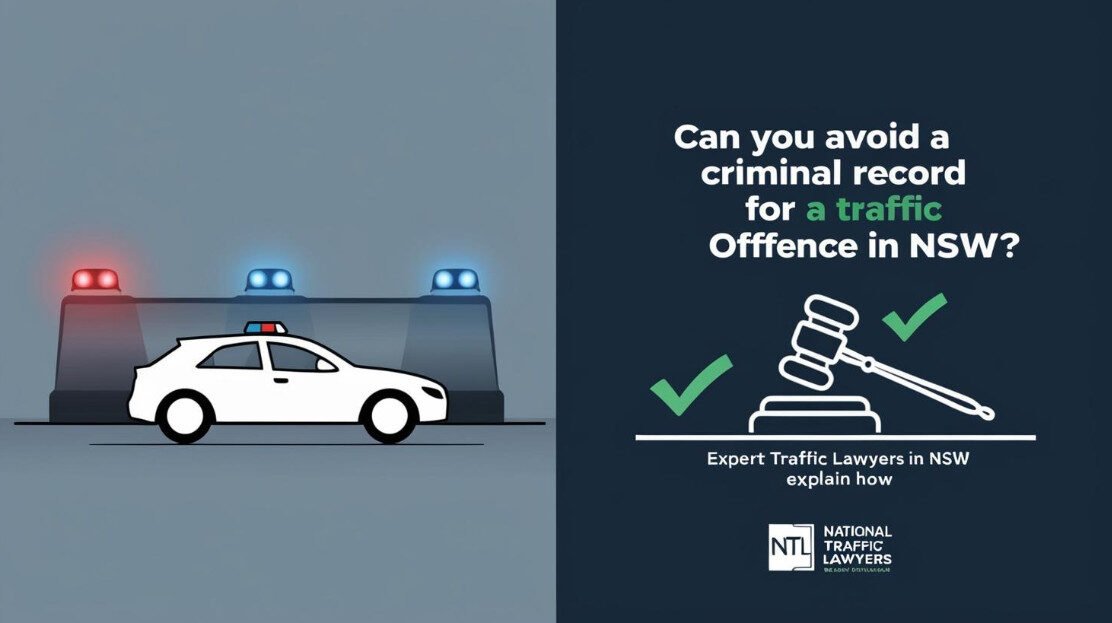Police the Courts and the use of Artificial intelligence (AI)
Artificial intelligence (AI) is revolutionizing the criminal justice system in ways previously unimaginable. From predictive policing technology to advanced tools for evidence analysis, AI is transforming law enforcement and courtroom processes. While it offers groundbreaking potential, AI’s integration raises ethical, legal, and practical concerns. This article delves into how AI is reshaping criminal justice, particularly in regions like New South Wales (NSW), and explores its promises and pitfalls.
What is Predictive Policing Technology?
Predictive policing uses AI to analyze historical crime data, identifying patterns and forecasting potential criminal activity.
How It Works:
- AI algorithms analyze datasets, including crime reports, locations, and times.
- Predictions help law enforcement allocate resources to high-risk areas.
- Tools like PredPol and CompStat assist in crime mapping and intervention strategies.
Benefits:
- Improved resource allocation.
- Enhanced crime prevention efforts.
- Reduced response times to potential incidents.
Challenges:
- Ethical concerns about profiling and surveillance.
- Risk of reinforcing systemic biases in policing.
- Accuracy depends on data quality, raising reliability issues.
AI Criminal Investigations: Revolutionizing Evidence Analysis
AI is streamlining criminal investigations by analyzing evidence more efficiently and accurately.
Applications in Investigations:
- Facial Recognition: Identifies suspects in public or private spaces.
- Natural Language Processing (NLP): Analyzes texts, emails, and communications for criminal intent.
- Video Analytics: Reviews hours of surveillance footage in minutes.
- DNA Analysis: Accelerates genetic profiling in forensic labs.
Advantages of AI in Criminal Investigations:
- Faster case resolutions.
- Reduction of human error in evidence review.
- Integration of cross-jurisdictional data for broader insights.
Risks:
- Privacy violations during surveillance.
- Misidentifications due to algorithmic inaccuracies.
AI in Criminal Justice NSW: A Regional Perspective
New South Wales (NSW) is leading the charge in implementing AI-driven criminal justice reforms.
Key Initiatives in NSW:
- Predictive policing strategies targeting urban crime hotspots.
- AI-enhanced court systems for evidence presentation.
- Collaboration between law enforcement and tech firms for ethical AI solutions.
Regional Benefits:
- Tailored policing strategies for diverse communities.
- Streamlined judicial processes through automated tools.
Potential Concerns in NSW:
- Balancing community safety with individual rights.
- Ensuring transparency in AI decision-making processes.
Ethical Concerns in AI Criminal Justice Tools
Ethics is a critical challenge in AI’s adoption within criminal justice systems.
Common Ethical Issues:
- Bias in Algorithms: AI trained on biased datasets can perpetuate inequality.
- Transparency: Black-box algorithms make it difficult to understand decision-making processes.
- Accountability: Determining who is responsible for AI errors—developers or users.
Real-Life Implications:
- Over-policing certain communities due to biased predictive models.
- Unfair treatment of defendants based on flawed algorithmic recommendations.
Solutions to Ethical Challenges:
- Implementing rigorous bias audits.
- Promoting AI transparency through explainable models.
- Establishing clear accountability frameworks.
Legal Challenges to AI Decision-Making in Courts
AI tools like risk assessment algorithms are increasingly used in sentencing decisions, bail hearings, and parole evaluations.
Key Legal Issues:
- Due Process: Ensuring AI does not infringe on a defendant’s legal rights.
- Algorithmic Bias: Avoiding unfair sentencing influenced by biased data.
- Evidence Admissibility: Determining the reliability of AI-analyzed evidence.
Landmark Cases:
- U.S. courts have debated the fairness of COMPAS, an AI risk assessment tool.
- Legal experts in NSW are discussing guidelines for AI use in trials.
Recommendations:
- Establish global legal standards for AI in courtrooms.
- Regular audits of AI tools for fairness and accuracy.
Benefits of AI in Criminal Justice Systems
Despite challenges, AI offers immense benefits to criminal justice systems:
- Efficiency: Automates time-consuming tasks.
- Accuracy: Reduces human errors in investigations.
- Cost-Effectiveness: Optimizes resource allocation.
AI’s Role in Crime Prevention
AI is increasingly instrumental in proactive crime prevention efforts:
- Real-Time Surveillance: Monitors public spaces for suspicious activity.
- Social Media Monitoring: Identifies online threats.
- Community Alerts: Enhances communication between law enforcement and residents.
AI and Human Rights in the Criminal Justice Context
The use of AI must align with international human rights standards.
Key Considerations:
- Protecting privacy and avoiding mass surveillance.
- Ensuring equality before the law in AI-driven decisions.
Case Studies: AI Applications in Criminal Justice
Predictive Policing in Los Angeles:
Reduced burglaries by 20% in specific areas.
Facial Recognition in London:
Helped identify suspects in crowded public events.
AI’s Growing Influence in the Criminal Justice System in Australia
Artificial intelligence (AI) is making a significant impact on Australia’s criminal justice landscape. Here’s a closer look at how AI is shaping various aspects of law enforcement and legal processes across the country:
Government Investments in AI Development
The Australian Government has committed over A$100 million to advance AI expertise and capabilities. This investment reflects the nation’s dedication to integrating AI into various sectors, including criminal justice.
Adoption Across Criminal Processes
AI is being implemented in crime deterrence, investigations, and even sentencing. These technologies aim to improve efficiency and accuracy in addressing criminal activities while streamlining legal proceedings.
Queensland’s Domestic Violence Initiative
The Queensland Police are trialling AI algorithms to identify high-risk family and domestic violence offenders. Early results indicate a promising reduction in repeat offences.
NSW’s Face Matching Service Program
The New South Wales Police Force is leveraging AI to analyse CCTV data using the Face Matching Service program, enhancing their ability to identify suspects quickly and accurately.
Ethical AI Development Awareness in NSW
As of July 2024, there has been increasing recognition in NSW of the importance of responsible and ethical AI development. This focus aims to balance innovation with fairness and transparency.
The Evolution of AI in NSW’s Criminal Justice System: A Journey Through Time
New South Wales (NSW) has been a trailblazer in adopting AI technologies within its criminal justice system. Over the past three decades, the state has progressively integrated AI to improve public safety, enhance judicial processes, and streamline correctional services.
This timeline highlights NSW’s pivotal steps in leveraging AI for law enforcement and justice while addressing ethical challenges and ensuring accountability:
1990s: Early Adoption of Digital Technologies
- NSW corrections facilities began using digital tools for offender management, security, and surveillance.
- Early biometric systems and basic data analytics were introduced to enhance operational efficiency.
2015: Predictive Policing Trials
- Predictive policing models powered by AI were trialled in Australia, including NSW.
- These models analysed historical crime data to identify potential crime hotspots, improving resource allocation and preventive measures.
2020: Launch of the NSW Artificial Intelligence Strategy
- The NSW Government implemented the AI Strategy to guide ethical AI integration across various sectors, including criminal justice.
- This initiative marked a formal commitment to using AI responsibly and effectively.
2022: Introduction of the AI Assurance Framework
- NSW unveiled Australia’s first AI Assurance Framework, ensuring that AI applications adhered to safety, transparency, and accountability standards.
- This framework became a benchmark for ethical AI use in policing and justice.
2023: Smart Prisons Initiative
- Corrective Services NSW introduced AI-powered tools in correctional facilities to monitor inmate behaviour and optimise rehabilitation outcomes.
- Digital tools like prisoner tablets and audio-visual links were used for rehabilitation programs, fostering efficiency and accessibility.
2024: Supreme Court Guidance on Generative AI
- The NSW Supreme Court issued Practice Note SC GEN 23, providing guidelines for using generative AI in legal proceedings.
- This addressed concerns such as inaccurate outputs (commonly referred to as “hallucinations”) and emphasised transparency in AI use for affidavits and witness statements.
2024: Expansion of Predictive Policing
- NSW Police expanded predictive policing technologies, incorporating facial recognition software and spatio-temporal algorithms for crime prevention.
- These advancements sparked discussions about ethical concerns, particularly regarding algorithmic bias and transparency.
2025: Enhanced Use of AI in Sentencing
- Discussions intensified about incorporating AI to assist judges in sentencing.
- Proponents argue that AI could reduce biases, enhance consistency, and improve decision-making, all while maintaining judicial oversight.

Future Trends in AI Criminal Justice Technology
- Increased use of AI in cybercrime investigations.
- Development of explainable AI for transparent decisions.
- Greater collaboration between tech developers and legal experts.
FAQs: Common Questions About AI in Criminal Justice
Q1. How does AI in criminal justice NSW improve policing?
AI enhances resource allocation, improves crime prediction accuracy, and streamlines investigations.
Q2. What are the ethical concerns AI criminal justice systems face?
Bias, lack of transparency, and accountability issues are major concerns.
Q3. Can predictive policing technology eliminate crime entirely?
No, but it significantly aids in reducing crime rates by improving prevention strategies.
Q4. Are AI criminal investigations always accurate?
While highly efficient, AI tools depend on data quality and algorithm design, making errors possible.
Q5. What legal safeguards exist for AI use in courts?
Many regions, including NSW, are developing guidelines to ensure AI aligns with due process and fairness.
Conclusion: Embracing a Responsible AI Future
AI’s integration into criminal justice systems holds transformative potential, enhancing efficiency, accuracy, and fairness. However, ethical and legal safeguards are critical to harness its power responsibly. As technology advances, a balanced approach will be essential to ensure justice, equity, and innovation coexist harmoniously.
Contact Us at National Traffic Lawyers
For expert legal assistance with NSW traffic matters, contact National Traffic Lawyers. Our team specialises in protecting drivers’ rights and providing representation.
- Website: nationaltrafficlawyers.com.au
- Phone: 1800–NSW–LAW (1800 679 529)
- Email: hello@nationaltrafficlawyers.com
If you are required to go to court or need assistance, fill out our online form for a free consultation.
- First-Time Drug Driving Offence in NSW: Your Legal Options Explained 📔
- Mobile Phone Use While Driving in NSW: New Laws and Penalties Explained 🔎
- NSW Double Demerits Christmas 2024: Your Essential Guide to Stay Safe and Save Money
- 7 Powerful Insights into Community Correction Orders: Transforming Lives and Enhancing Public Safety
- 10 Essential Facts About Jury Duties in NSW: Everything You Need to Know





